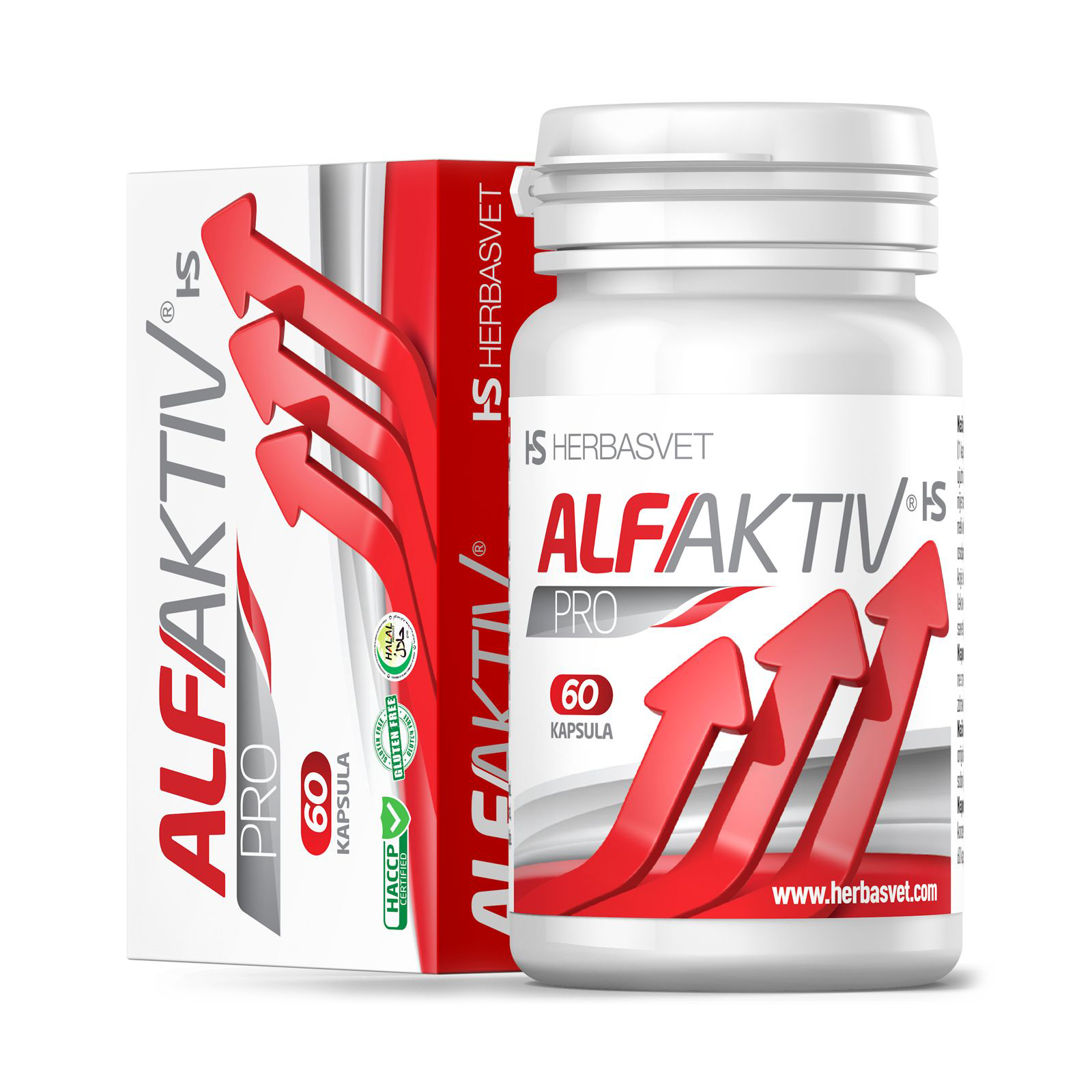(Serenoa repens)
When we say palm tree, we probably immediately picture ourselves on a tropical beach with a coconut next to a lounge chair in the dappled shade of a palm tree. The palm tree is one of the most decorative plants, but its utilitarian value still surpasses the aesthetic one: it is known that palm trees have been used since the ancient times of Mesopotamia, and they have left traces in the Old and New Testaments and the Quran. For Christians, the palm tree is a symbol of Christ’s entry into Jerusalem; in Islam, it is a symbol of peace, the ancient Egyptians associated it with immortality and the Romans with triumph. Today, the palm tree adorns the flag of Haiti, but also the Miami city flag. To this day, all sorts of things have been made from palm wood, from houses to clothes; its fruits – coconuts and dates – have exceptional nutritional qualities. But the palm family is much wider than the few palm tree varieties that we are most familiar with – the family encompasses some 2,500 species. There is also one that deserves special attention – it comes from Florida and is called saw palmetto, Serenoa repens.
WHAT IS THE SECRET OF SAW PALMETTO?
In ancient times it was known by the Seminole tribe who inhabited Florida thousands of years before European settlers reached the Americas. They used it as food and medicine. Witch doctors always carried a bag containing pieces of saw palmetto to use it whenever necessary as an antiseptic or tonic; they used it to treat a whole range of ailments, from impotence to inflammation and respiratory problems.
The first settlers from Europe very quickly realised the value of this plant; since 1870 it has been used in Western medicine and doctors were keen to use it to treat prostate and urinary tract ailments. In 1906, saw palmetto berries were officially included in the Pharmacopoeia of the United States of America, but interest in it declined after the Second World War… Fortunately, this extraordinary plant has recently started experiencing a renaissance, both in America and Europe; in the USA, it is the number one supplement used by the male population from 50 to 76 years of age, not without a good reason. Modern research has proven that it is extremely effective to treat benign prostatic hyperplasia.
SAW PALMETTO FOR THE PROSTATE
Saw palmetto is rich in free fatty acids and beta-sitosterol, which are necessary for the proper functioning of the prostate. This plant has a double effect: in addition to reducing the production of dihydrotestosterone, it also has an anti-oestrogen effect – by reducing the number and sensitivity of oestrogen receptors it inhibits prostate growth. Benign prostate hyperplasia is an enlargement of this gland which, as it swells, blocks the urinary canal, resulting in urinary retention and difficult, painful and frequent urination. If left untreated, prostate hyperplasia can lead to serious kidney problems. Unfortunately, this disorder is very common and affects 50 to 60 percent of the male population, and the first symptoms can appear already after the age of 40.
Recent studies have compared the effects of two types of therapy: saw palmetto therapy on the one hand and the most commonly prescribed prostate medication on the other. The results showed that saw palmetto was effective in as many as 90 percent of patients after six weeks of use, while the prescribed prostate medication was only 50 percent effective, as it had to be used for a minimum of six months to achieve the full effect. At the same time, the drug had unwanted side effects, such as impotence and breast enlargement, while saw palmetto had none. That is why today saw palmetto is part and parcel of official medical treatment for benign prostatic hyperplasia in Europe; the German Commission E recommends it not only for problems with the prostate but also for irritable bladder.
In addition to its beneficial effect on the urinary tract, saw palmetto is popular among men as a remedy against baldness, while bodybuilders appreciate it because it has a positive effect on muscle mass. It has been traditionally used since ancient times as a medicine for impotence.
For all these reasons, saw palmetto has become part of modern and completely natural preparation whose main task is to protect men’s health, especially prostate health. In addition to this precious plant, Alfa Aktiv HS Pro also contains, damiana, pomegranate extract, quercetin, 3-β-sitosterol obtained from nettle root and trans-resveratrol obtained from Japanese knotweed; in addition to the urinary tract, it also protects the cardiovascular system, strengthens immunity, raises energy levels and mental alertness and preserves sexual health.
Next time you find yourself lounging under a swaying palm tree remember that it gives you much more than shade. When we are cognisant of what nature offers us, we are capable of respecting and preserving it so much better, just as we do when it comes to our own health.

